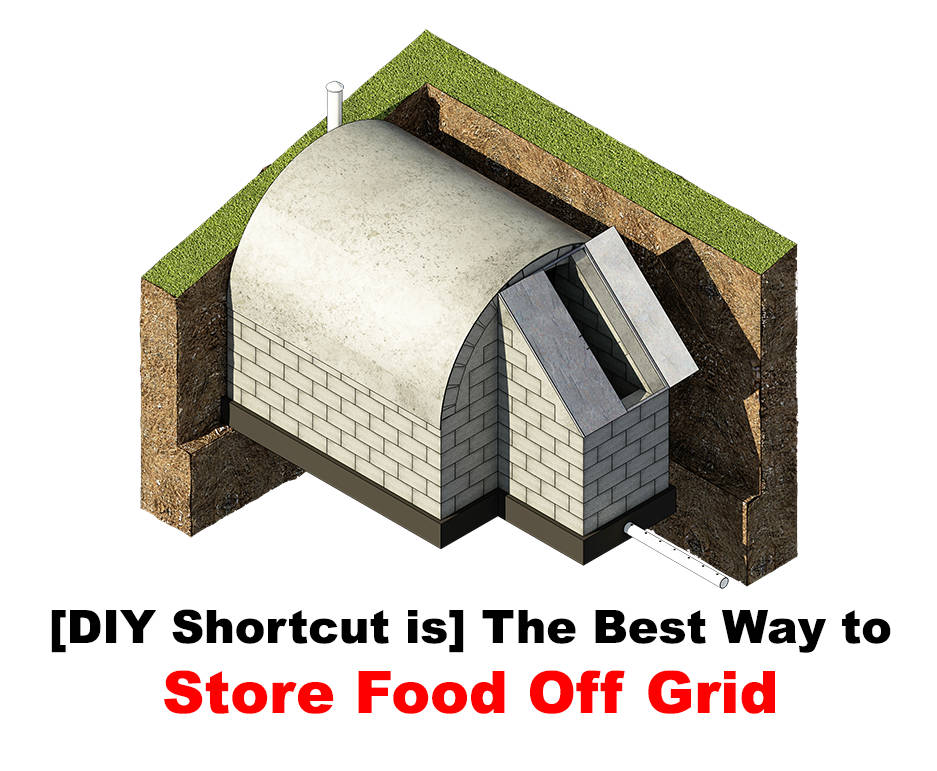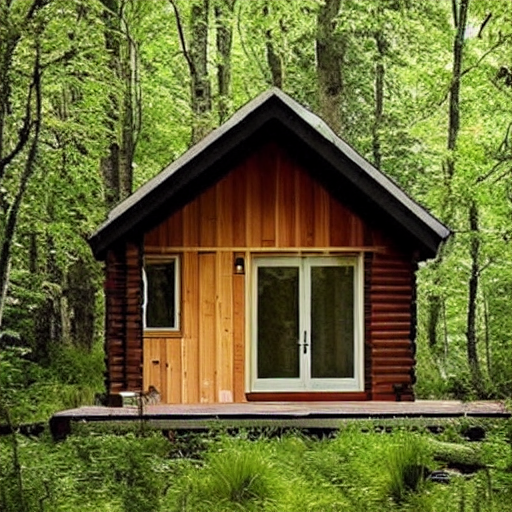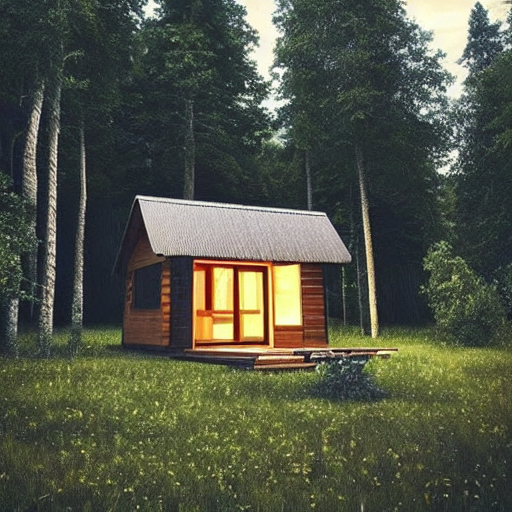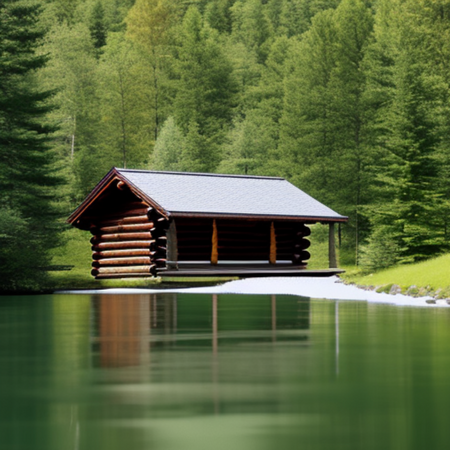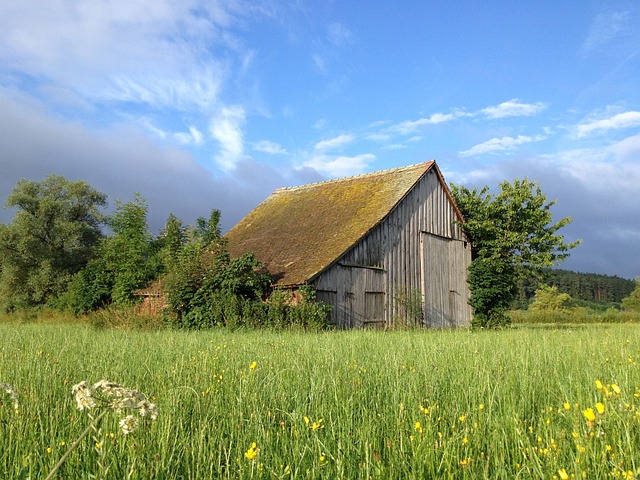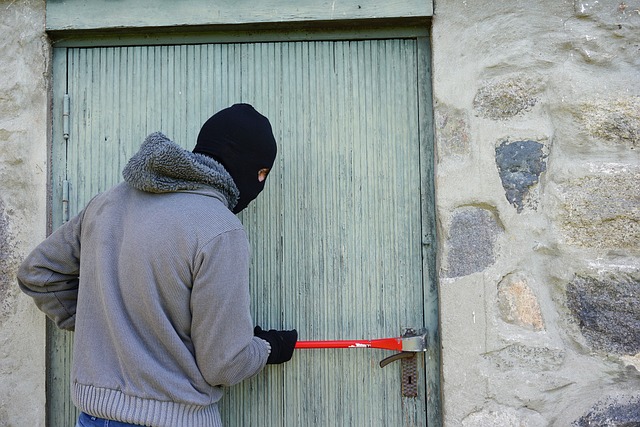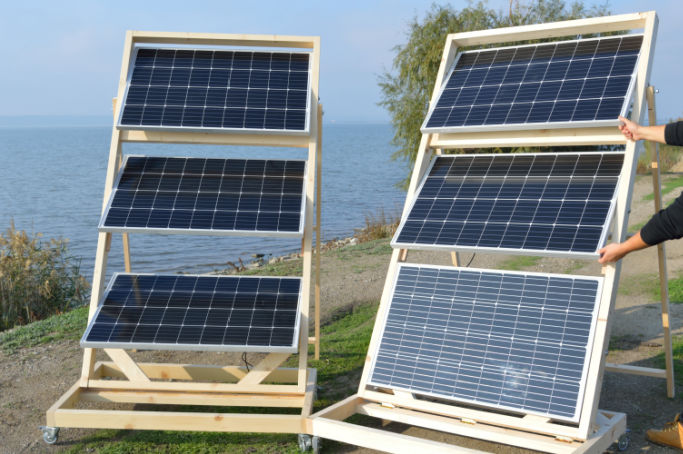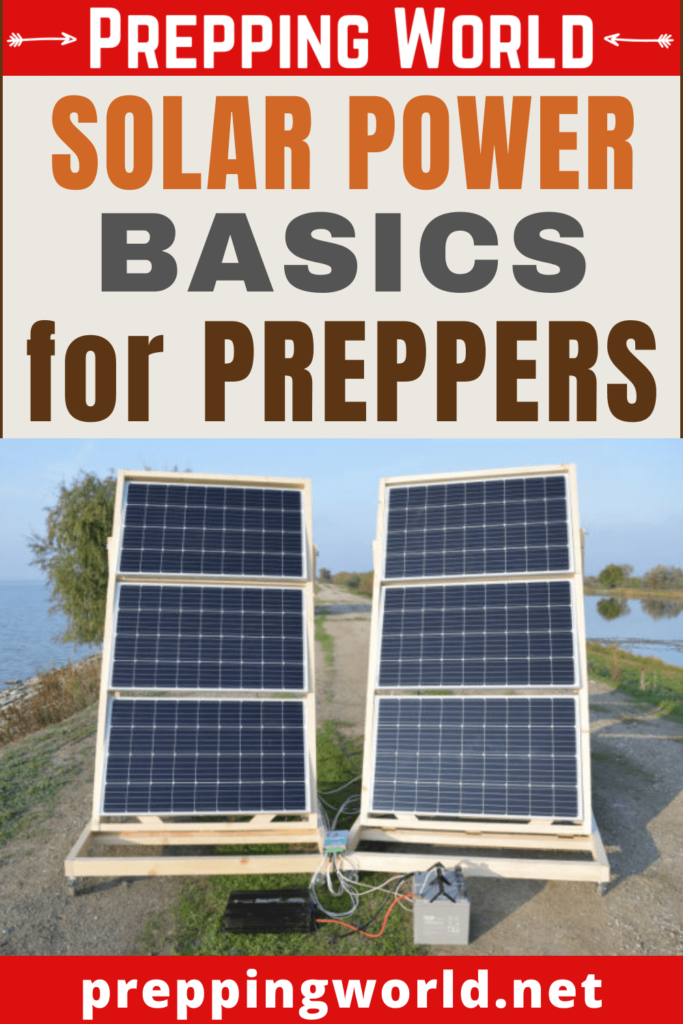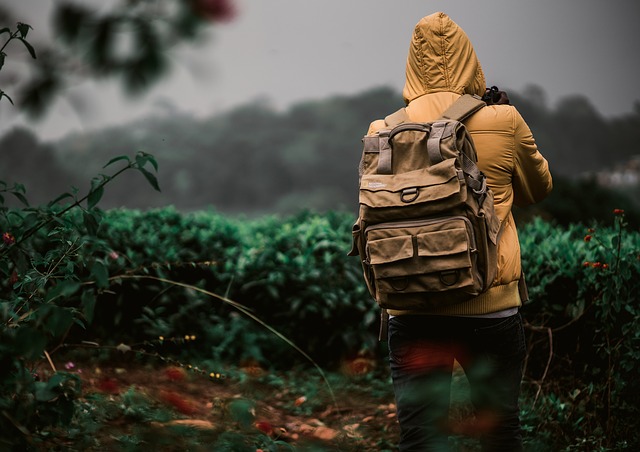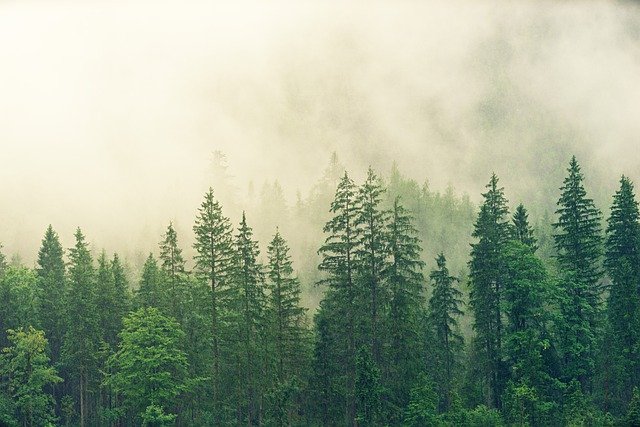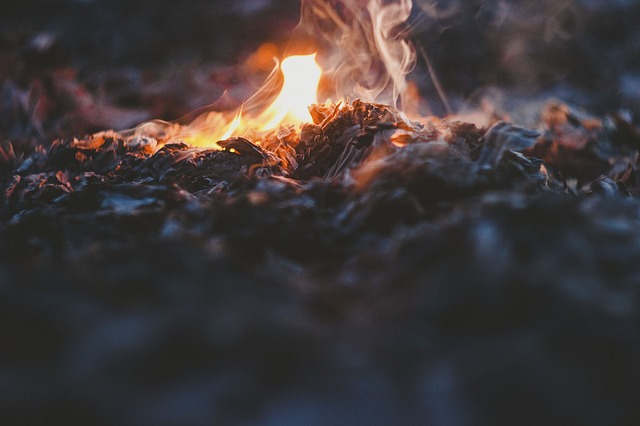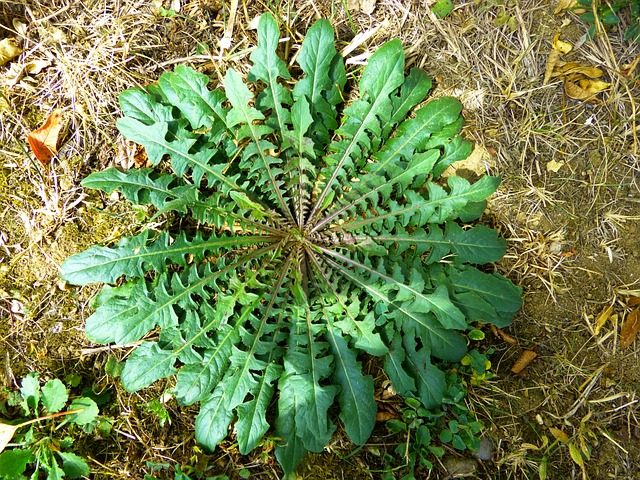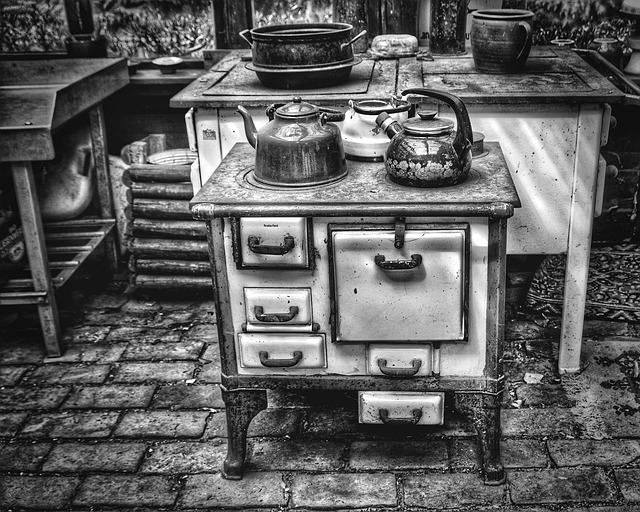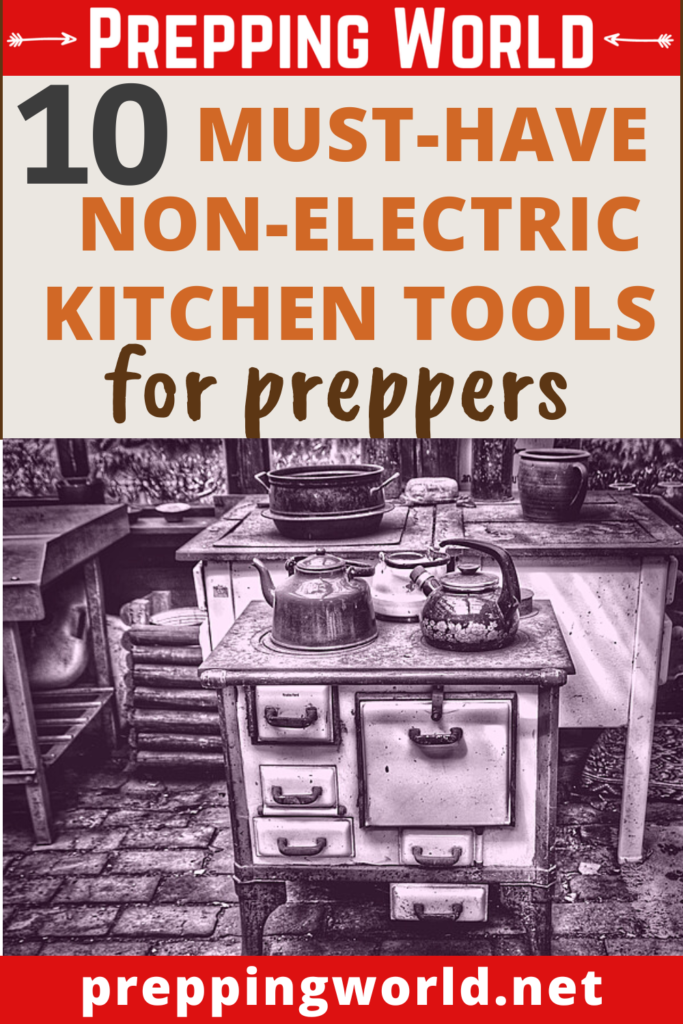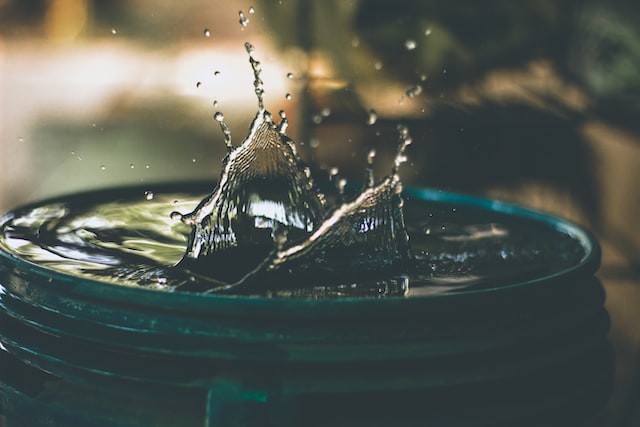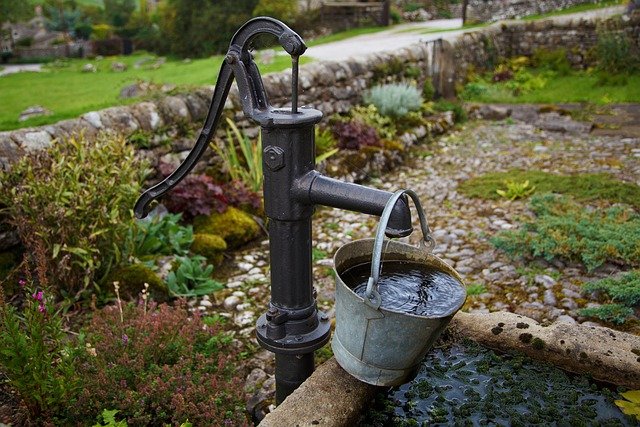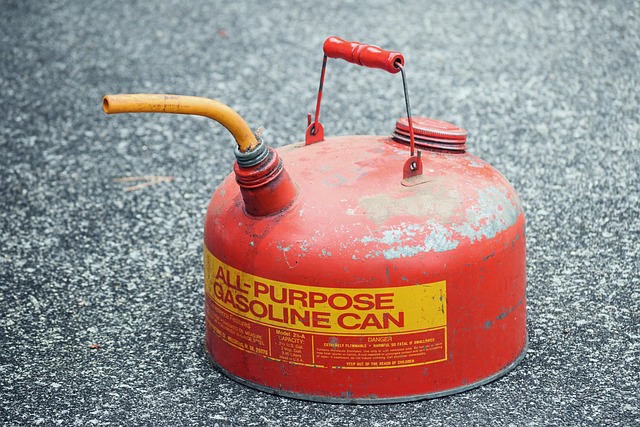
Every preparedness-minded individual should make storing fuel a top priority. But knowing how to safely and effectively store fuel — as well as the length of time that fuel can be stored — is key to ensuring it remains safe and usable in an emergency situation. Here we’ll go over how long does fuel last in storage, and also explore the various types of fuel storage and the best practices for storing fuel.
Affiliate Disclosure
By clicking an affiliate link below, we may receive a commission on purchases at no additional cost to you.
Why You Need to Store Fuel
Most people go about their everyday lives without even thinking about the crucial role that fuel plays.
Fuel powers cars, trucks, and other gas and diesel-powered engines But we take fuel for granted and assume it will always be as close as the nearest gas station.
In a SHFT situation, fuel will likely be one of the first things that’s unavailable.
Just look at what happens in Florida and other hurricane-prone regions every time a store approaches.
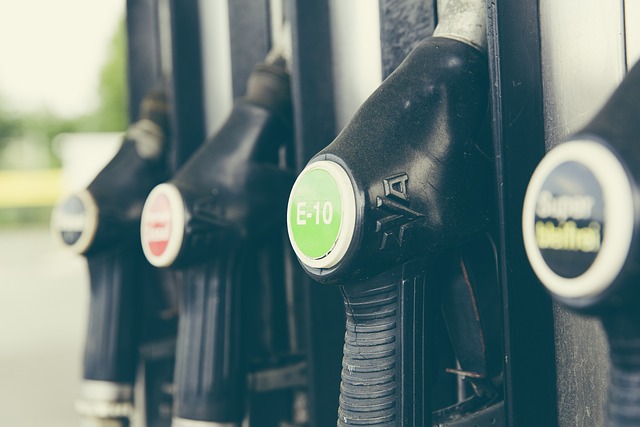
Lines can stretch out for many blocks at gas stations, and stations often run out before everyone has a chance to tank up.
So whether you’re storing fuel for your car, generator (dual-powered generators are best), or other equipment, it definitely makes a lot of sense to have an adequate supply of fuel in your storage.
But — it’s also crucial to make sure that any fuel remains viable and usable for as long as possible.
Types of Fuel Storage
The two most common types of fuel storage are underground and above ground.
Underground storage tanks are generally used for larger fuel storage needs, while above ground tanks are used for smaller, more temporary storage needs.
Because of the prep work involved with digging, underground tanks can be very expensive to install — but they also provide a safe and secure environment for storing your fuel.
Above ground tanks are usually made of metal or plastic and are a lot easier to transport if needed.
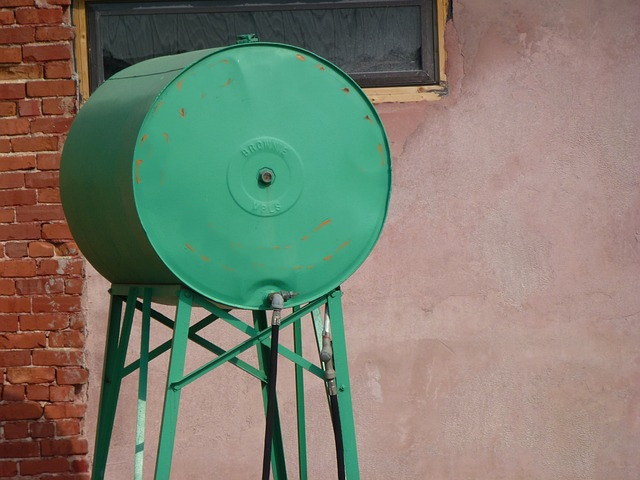
But you’re not limited to just the two primary types of fuel storage. There are also portable fuel containers that are reasonably priced and designed for quick and easy transportation.
Portable fuel containers are a great choice for emergency situations. They are perfect for easily transporting fuel to another location.
Portable fuel containers are smaller but also the most affordable. They are usually made of plastic or metal.

Best Practices for Storing Fuel
The main culprits that hurt fuel quality are moisture and oxygen; both of which can cause the fuel to oxidize and degrade over time. This can lead to a bunch of bad problems — everything from clogged fuel filters to outright engine damage and failure.
When it comes to how you go about storing your fuel, here are some helpful tips that you’ll want to follow to make sure it remains usable for as long as possible. After all, it doesn’t do you any good to have fuel if it degrades and is no longer of good quality.
It’s important to store fuel in a cool, dry place away from direct sunlight — and any sources of ignition (that could be rather explosive)!
The fuel should be kept only in a container that is designed for fuel storage (no milk jugs or Cool Whip containers!), and the container always should be sealed tightly to prevent leaking and evaporation of your precious liquid.
It’s also important to check the fuel regularly to make sure that it isn’t contaminated. Contaminated fuel can become unusable and can be dangerous if used. Regular maintenance and cleaning of the fuel storage container is also important to help keep the fuel safe and usable.
How Long Does Fuel Last in Storage?
The length of time that fuel can be stored depends on two main things. First is the type of fuel and next is the type of storage container you use to hold your liquid gold.
Generally speaking, diesel fuel can last up to one year in storage, while gasoline can last up to six months. It’s important to keep an eye on the fuel and rotate it out of storage if it has been sitting for longer than the recommended time.
It is also important to note that fuel can degrade over time if not stored properly. Degraded fuel can be dangerous and can cause engine damage if used.
How to Prolong the Life of Fuel
So, how do we keep your fuel fresh long-term and prevent loss of quality from happening? Here are a few tips:
- Store your fuel in a cool, dry place – This might seem obvious, but it’s worth emphasizing. The ideal temperature for fuel storage is anywhere between 50 and 80 degrees Fahrenheit, and the humidity should also be kept as low as possible. If you can, store your fuel in a climate-controlled area like an air-conditioned garage.
- Use a fuel stabilizer – Fuel stabilizers are additives that help to prevent fuel from oxidizing and breaking down. They work by creating a barrier between the fuel and the air, which helps to slow down the oxidation process. You can get up to 2 years storage using a quality stabilizer. Be sure to follow the instructions on the label for best results.
- Keep your fuel tanks full – When you store fuel in a partially empty tank, there’s more room for air and moisture to enter, which can accelerate the oxidation process. If you’re storing fuel for a long period of time, try to keep your tanks as full as possible.
- Use high-quality fuel – This might sound obvious, but it’s worth mentioning. If you’re planning to store your fuel for long amounts of time, you’ll definitely want to use a high-quality fuel that’s free of contaminants and ethanol that can speed up the breakdown of your fuel.
Final Thoughts on How Long Fuel Lasts in Storage
With the right storage methods and a bit of maintenance, fuel can be stored safely and effectively.
So, if you’re a prepper or survivalist looking to store fuel safely and effectively, remember to follow the best practices outlined in this blog post.
Taking the time to properly store fuel can ensure it remains safe and usable in an emergency situation.

